Planning A Napa Wine Trip Like It’s Not Your First Time (Even If It Is)
A weekend (or even just a day) in wine country is dreamy. Napa, Sonoma, Mendocino, Russian River, the list goes on. All regions are beautiful and full of great wine, and they’re all beautiful experiences any season. Though after moving to San Francisco, I waited a while before planning a visit to wine country because it felt overwhelming and at times elusive. What to do, where to go, and how to experience California wine country all had endless possibilities.
It all turned around after meeting up with a close relative who has called Napa home for the past couple of decades. A true Napa insider, she helped me quickly learn the right way to explore wine country, from the wineries to visit and how to pace a full day of tastings. I’ve done my best to distill the learnings I gathered from her and added a few things I’ve picked up along the way.
This post includes affiliate links. They will come with a tracking code. If you purchase a product after clicking on my affiliate link, I will earn a small commission at no further cost to you. As an Amazon Associate I earn from qualifying purchases. Learn more about this on my privacy policy.
Where To Begin With A Napa Trip
There are so many wineries to choose from. It’s an hour’s drive from San Francisco (in good traffic). Some wineries require reservations while others accept walk-ins. Some are small and have a local audience whereas others are massive and focus on the masses. So knowing when, where, and how will help you feel like a Napa neighbor and not a first-timer.
By the end of this post, you’ll have a good idea of what to expect, how to do it, and where to go for wine tasting in Napa that doesn’t feel as intimidating. I’m sharing the tips that helped me feel more confident.
What To Expect When Planning A Visit To Napa
Napa is like a theme park but for wine enthusiasts. If you do it in one day, it’s a long day, but it’s doable. You usually have multiple places to stop, and it works best if you plan your path and where you will eat. It’s a marathon not a sprint.
I recommend planning your path in advance, but with some wiggle room for spontaneity. Planning in advance gives you a chance to make reservations where needed and ensure you refuel with food along the way.
3 Winery Maximum
My other hard and fast rule, three wineries in one day is my maximum. To give a better perspective, each winery is about a two-hour stop if you’re tasting and maybe longer if you’re touring. So three wineries would be at least 6 hours. On top of that, each winery gives you a tasting equivalent of about two glasses of wine. Three wineries later, you will have drank a full bottle on your own. It sneaks up on you.
Tasting Vs. Tour In Napa
When stopping at a winery, you’ll usually have a choice of tasting or touring. Some will only let you taste if you tour, while others only offer tastings and no tour. Some let you do both and the tour is self-service. It’s up to you what you want to tour and not. I usually prefer one tour and two tastings for the day to balance it out. My reasoning, I don’t need to know everything about every winery, and tours tend to take longer than tastings.
Tasting Rooms Vs. Wineries
Also to note, tasting rooms are an option when wine tasting in Napa. They’re usually centralized in a town while the wineries are spread out. Wineries are sometimes an hour or more away from each other while tasting rooms can be next door on one block. Yountville has a few tasting rooms in close proximity so it’s a nice option to consider for convenience. I’d recommend tasting rooms if you’re not as interested in seeing the views and the vines. It’s convenient to stop at one tasting room throughout the day, especially if it’s close to a restaurant because it’s one less stop to make.
Reservations For Tastings And Tours In Napa
If you have picked a few wineries, do additional research and maybe make some phone calls to see what they require for the visit. Reservations are definitely handy if you’re visiting on a weekend because weekends can get busy.
To pick the best time for your reservation, map out how far the different stops are from each other and use a 2-hour estimate per stop. If you call the winery, they’ll also give you recommendations on what timing makes sense given what else you have planned for the day. Some reservations can be made online (bigger wineries), while for others it’s best to call.
All of that said, you can just drop in. If you do, be prepared to wait and have some wineries picked as backup options.
How To Get To Napa, And Then Winery To Winery For A Day Of Tasting
This is one of the biggest challenges when visiting wine country. All of the wineries are far from each other, you’re there to taste the wine so you shouldn’t drive, and there is limited public transportation throughout the county. San Francisco is my home base so deciding how to get to Napa is always a part of my planning. There isn’t any true public transportation from San Francisco to Napa. Some of the options for getting from San Francisco to Napa:
Agree on a designated driver (my most common choice)
Take an Uber
Book a hotel in Napa or rent a house in Napa for a night or two (Uber winery to winery)
Reserve a black car, limo, or bus (depending on the size of your group)
Take an organized tour with transportation (this also solves how to get from winery to winery)
The Best Time Of Year To Visit Napa For Wine Tasting
Trick question! Any time of year is a great time to visit Napa.
Summer is bright and sunny and the vines are green but be prepared for it to be hot hot hot. For the summer, pack your sunscreen and ask for shade when sipping outside.
Fall is great. Most likely, you’ll catch warm days throughout the fall even into October and sometimes November. Harvesting happens in the fall, so sometimes that can affect tours and scheduling.
Winter is obviously cooler, and it’s also a little rainy. With that, it’s a little slower so you don’t have to worry about the crowds. You can even get lucky in February or March and catch a warmer, dry day. The vines start to look a little bare so you won’t get a super green leafy background, but it’s still beautiful.
Springtime has a balance of weather, crowds, and views. The vines start to come back to life, the crowds are manageable, and the weather is just right.
Make A Plan For Food When Wine Tasting, It’s A Must
Wineries and tasting rooms are very spread out which also means food isn’t always easy to find. Sometimes there are only wineries for miles and maybe a restaurant or two between them. Because there are so few food spots, its usually busy come peak meal times, especially on the weekend. Some of the options to consider:
Pack ahead: Bring some sandwiches and snacks to eat along the way. That way you don’t necessarily need to make a special stop just for food. Some wineries might even let you eat them there, but most likely you’ll be eating in the car along the way. There are some great delis in Napa so this is a good option as well.
Make lunch/dinner reservations: There are some amazing restaurants in wine country. Napa town and Yountville have many award-winning restaurants. R+D is one of my favorites in Yountville.
At the winery: Some wineries include options for cheese or food pairings with the tasting. Some even have a restaurant or sell snacks. This makes planning the path a little easier. But it can be costly expect around $30.
How Much Does A Wine Tasting Cost In Napa?
Tastings are typically cheaper than a full tour, but tours usually come with more wine and sometimes nibbles. From as low as $40 to $100 and up, tastings and tours vary widely across wineries. If you keep your price to $50 per stop with three stops, it comes to $150 for the day. Using that general math as a guide, you can balance the cost of taking an organized tour. Decide what is right for you and your group and the cost overall.
Sometimes tasting costs are removed if you buy a certain amount of wine or if you join their wine club. So if you’re planning on buying some wine or becoming a member, it balances out.
Mentioning wine clubs, it’s unavoidable to not mention the membership conversation. Every winery will have a wine club or membership offer. They pitch it to you at the end of the tour and tasting after you’ve fallen in love with the vineyard, the wine, and the experience. Usually, it’s a monthly cost that comes with a commitment for so many bottles to be picked up or delivered monthly/quarterly to your home. To make the cost worth it beyond saying you are a member and the regular wine shipments, you often get discounted tasting and tour rates, invited to special events, and access to special wines.
I have friends who are members at multiple, some that are members at one, and some that are members at none. Pick what makes the most sense to you, where you live, and how much you really like wine.
Still researching which wineries to visit or looking for new ideas? Check out this post of my top choice wineries in Napa County.
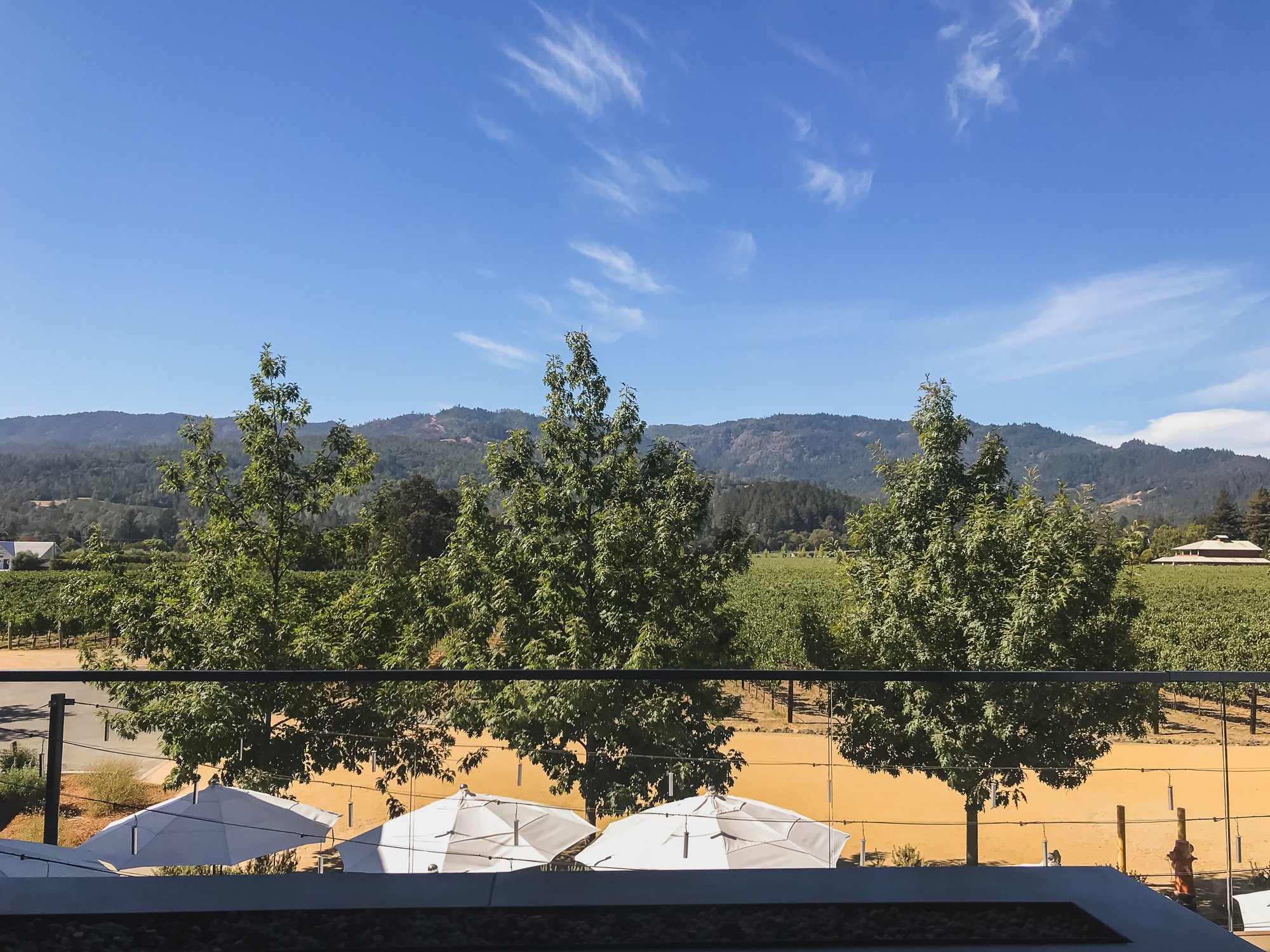
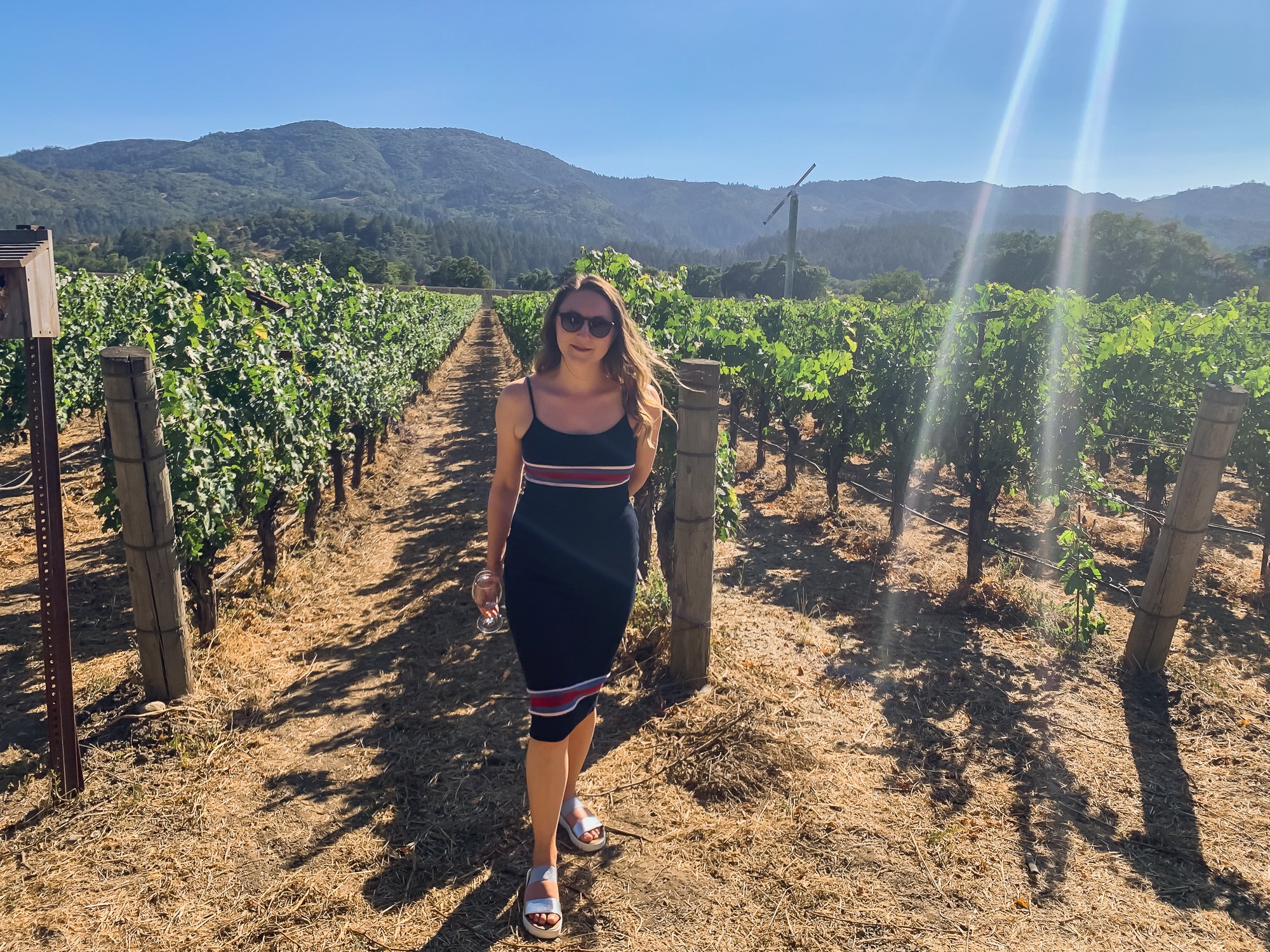

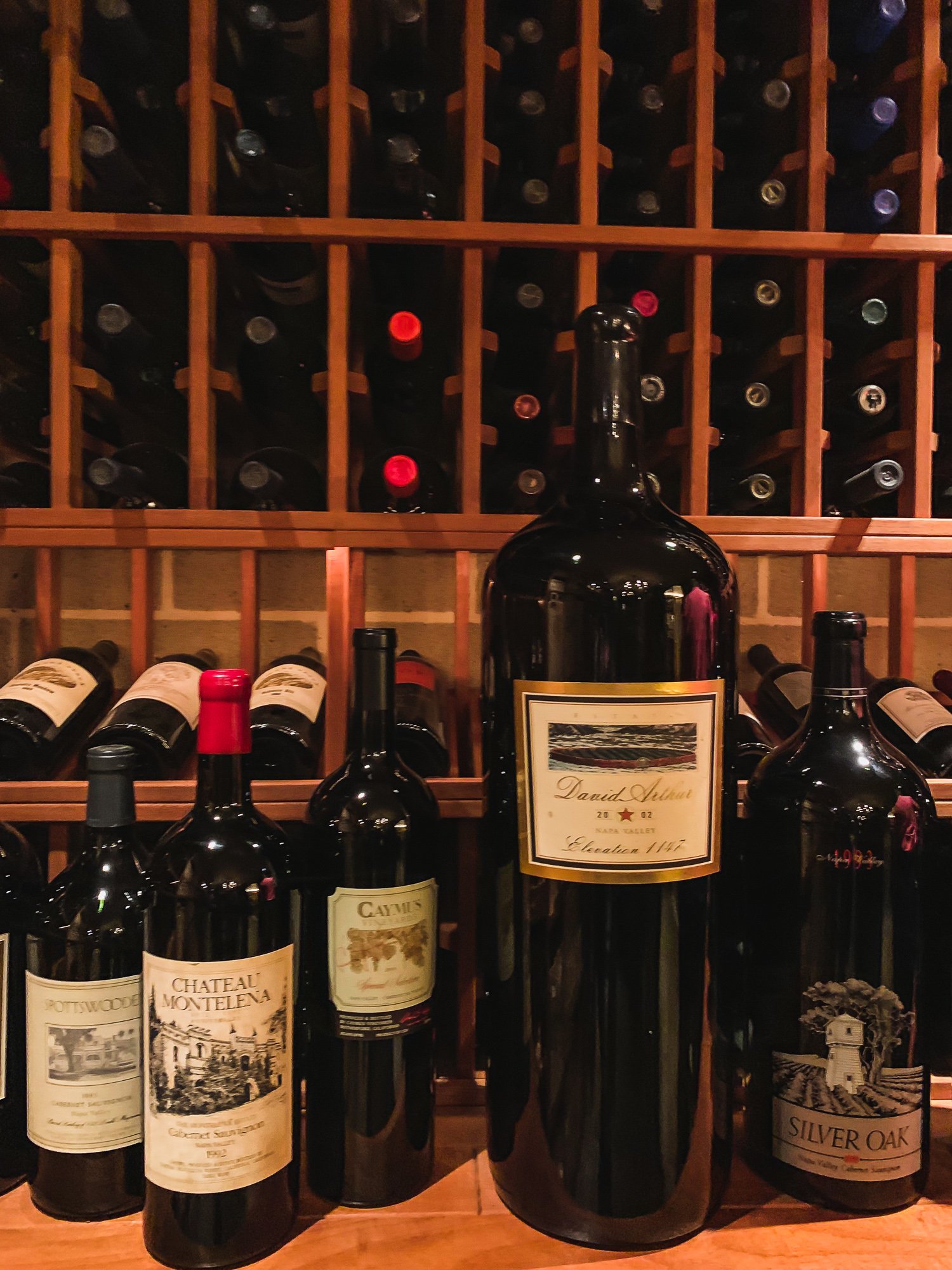
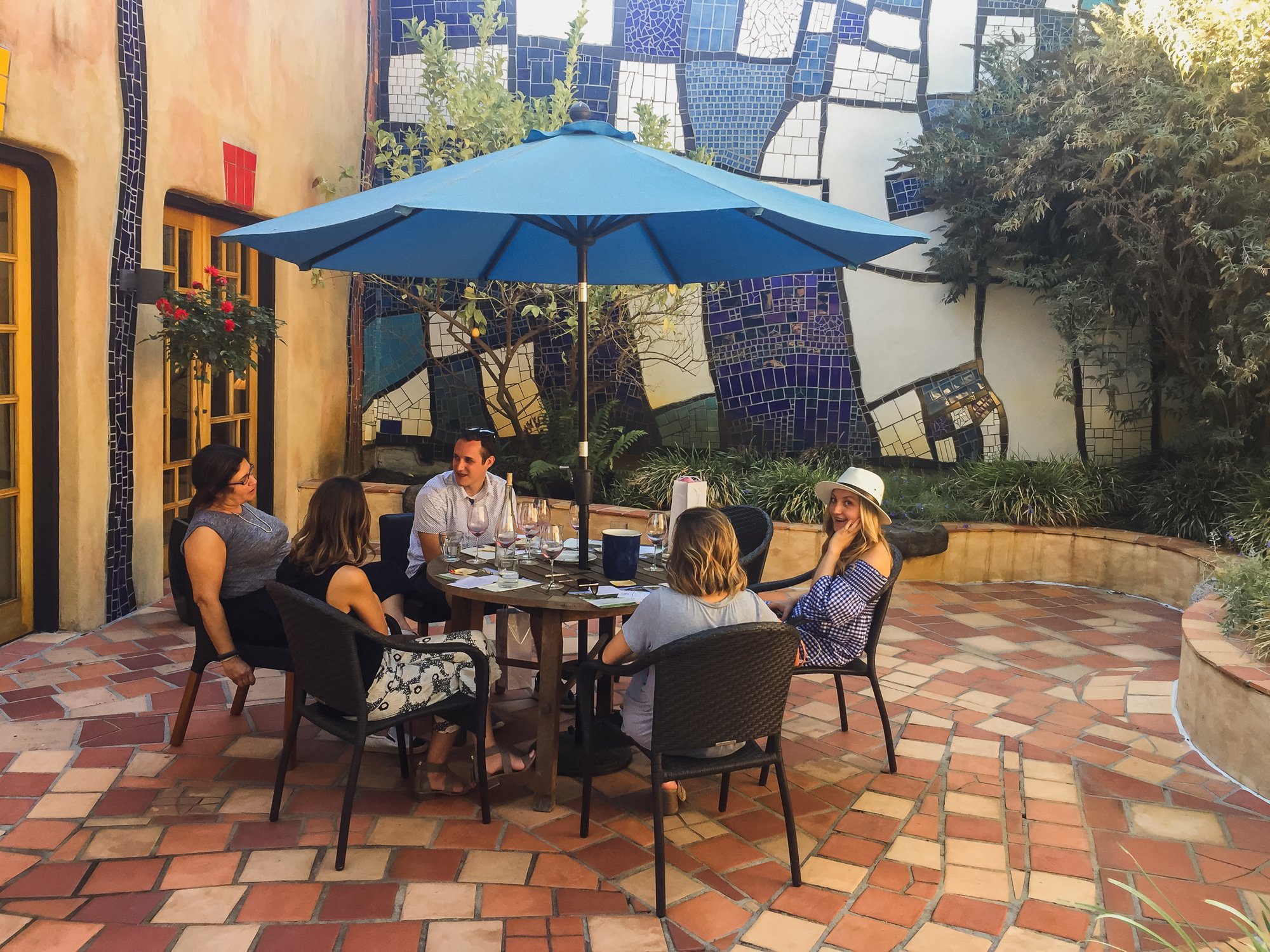


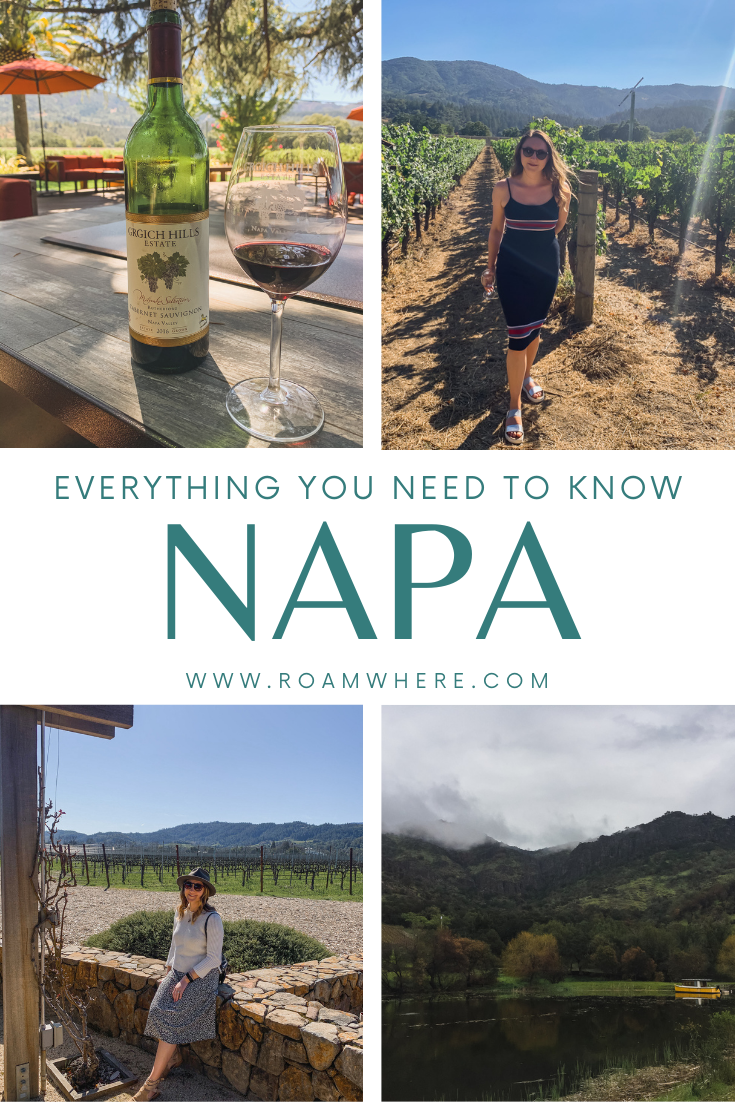
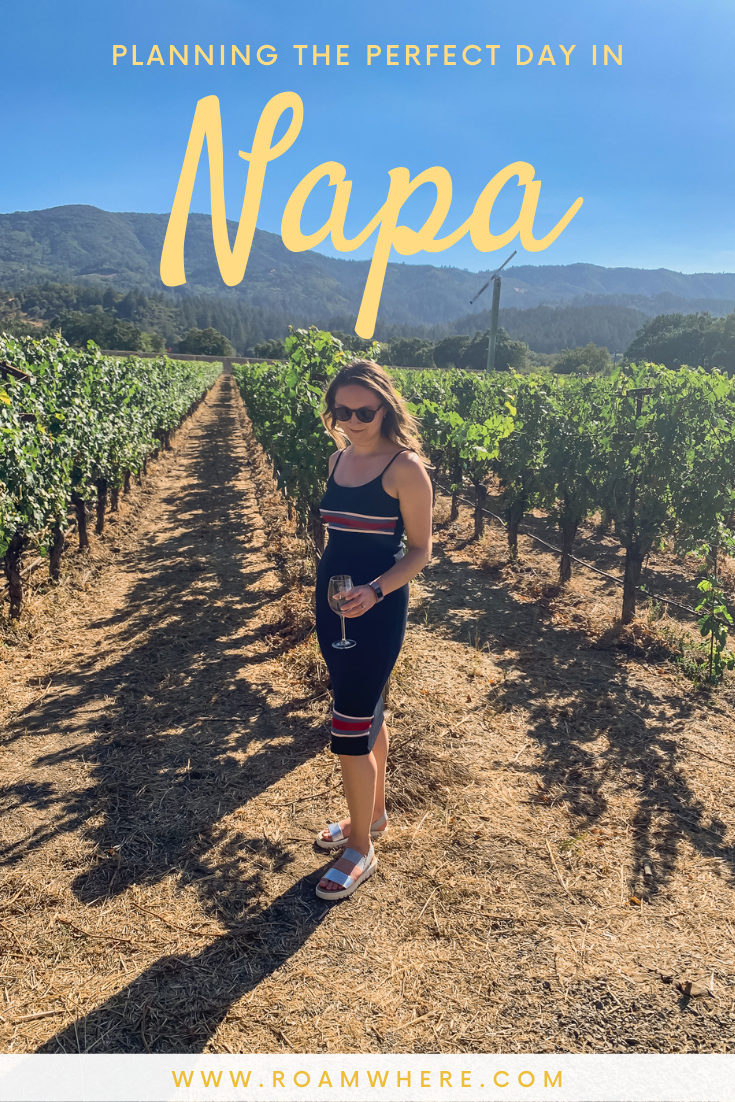
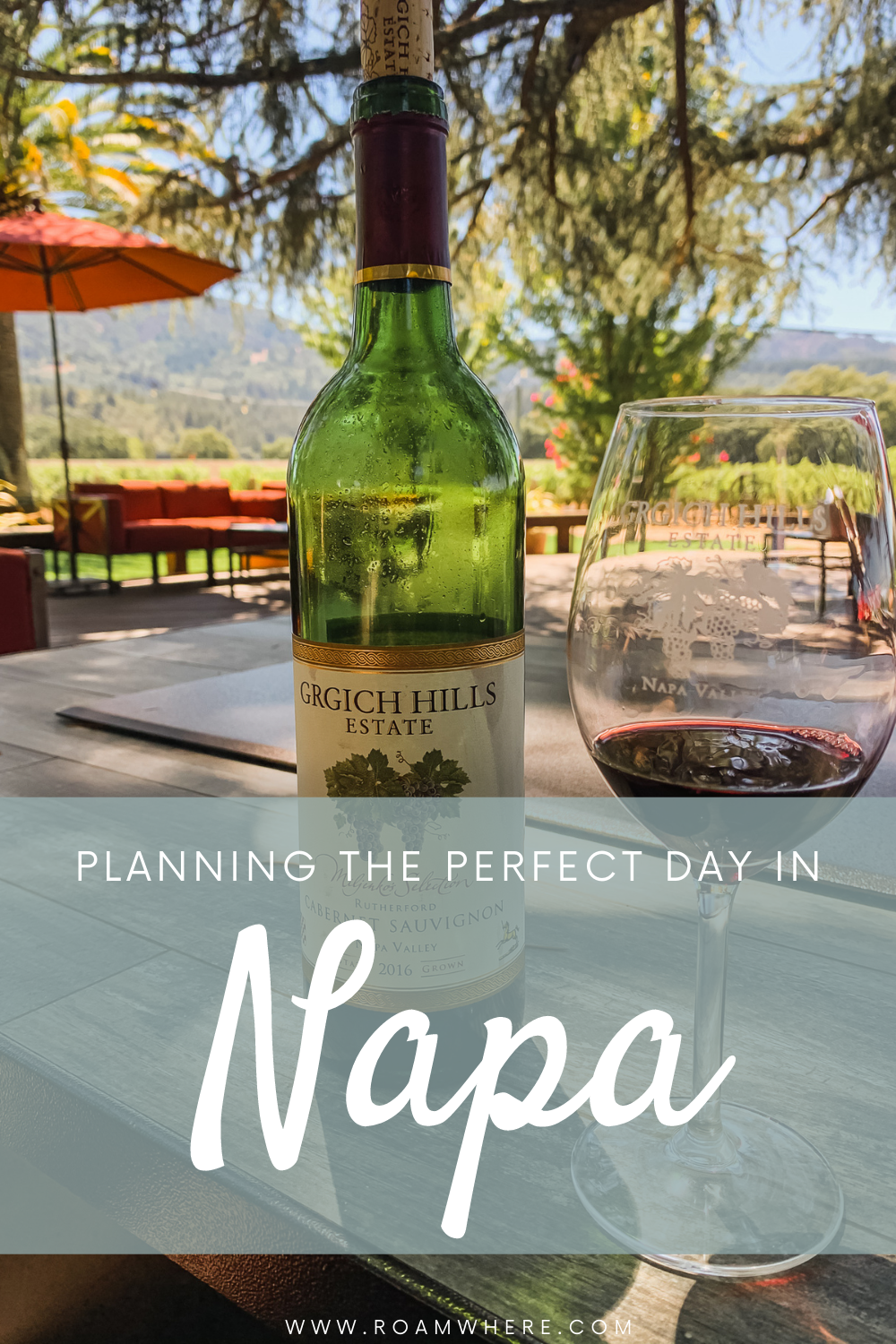
A beautiful sunny afternoon amongst the vines and sipping wine at Grgich Hills in Napa.